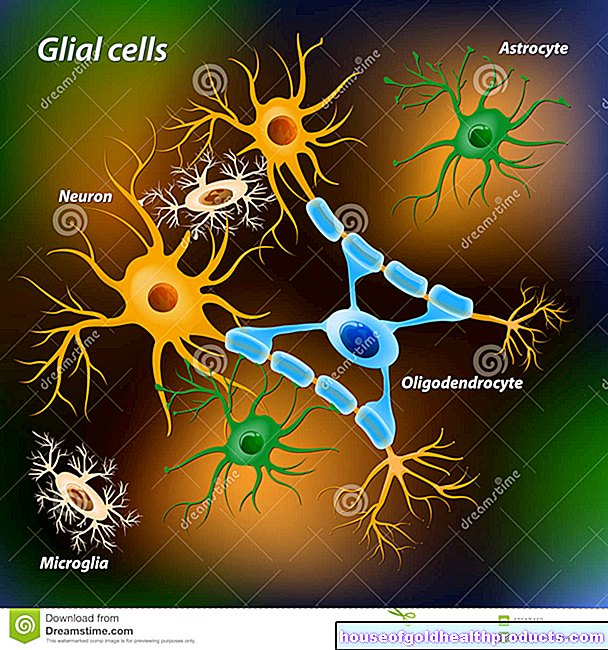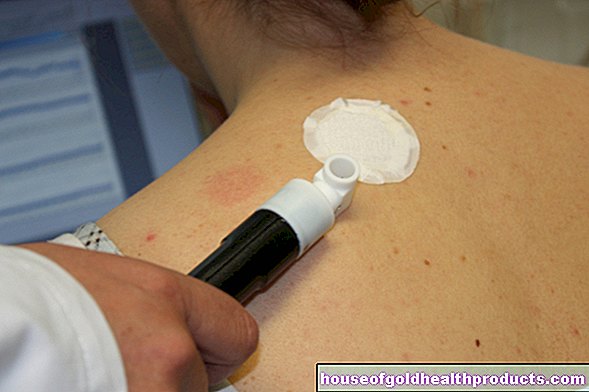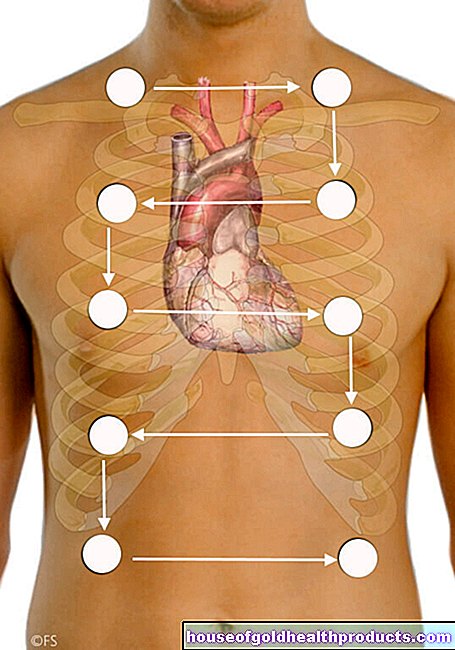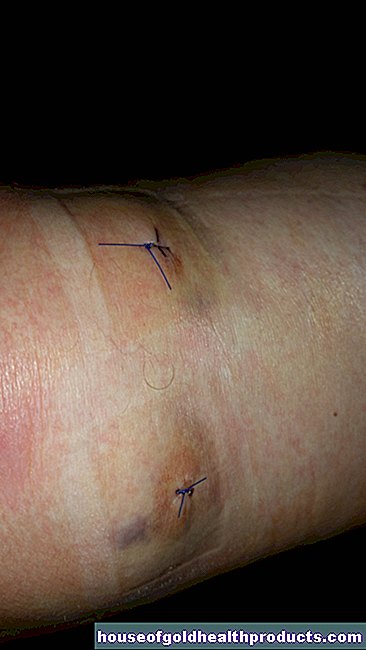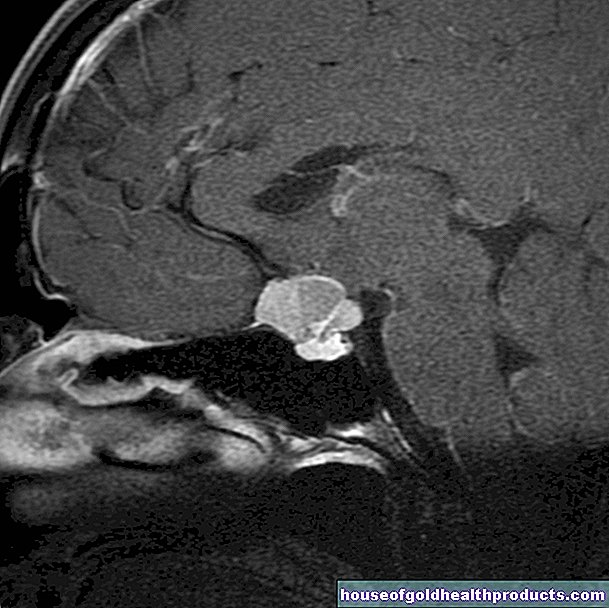In-the-ear devices (ITE)
All content is checked by medical journalists.In-the-ear devices (IO devices, also: In-the-ear devices = ITE) are quite inconspicuous. This is especially true for models that are inserted into the ear canal. ITE devices that are placed in the auricle are more clearly visible. Read everything you need to know about the advantages and disadvantages of in-the-ear devices here!
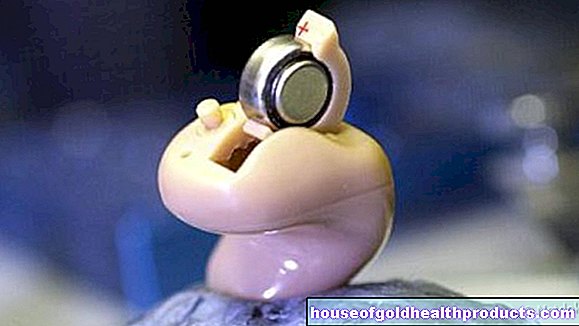
Small hearing aids
ITE devices (or IO devices) are hearing aids that the person concerned wears directly in the ear. Their shape follows a soft S-curve: the smaller end sits directly in front of the eardrum, while the larger end is at the ear opening. The volume control, the battery compartment and the on / off mechanism are also located here.
The advantage of ITE devices is that they are relatively small and inconspicuous. They can be easily removed or inserted. The electronics of the hearing aid are incorporated into a custom-made hollow shell. The microphone sits close to the ear canal, which comes closest to natural sound recording and facilitates natural directional hearing. An ITE device type can also be advantageous for people who wear glasses, since the space behind the ear remains free.
Little space, little technology
However, the small size is also the main disadvantage of this type of hearing aid. Not as much technology can be accommodated in the small space as with a behind-the-ear device (BTE). The BTE device, for example, amplifies the sound better than the small devices in the ear. Therefore, in-the-ear devices (ITE) are only useful for mild to moderate hearing losses. A BTE is better for people with severe hearing damage.
In addition, the ear canal must also be of a certain size so that the device can be accommodated in it. So it is less suitable for children. Cleaning is also more time-consuming than with the BTE.
Different designs of ITEs
There are different ITE systems that differ mainly in size:
- In-the-ear devices (concha devices) completely fill the auricle (= concha). This makes the system clearly visible. For cosmetic reasons, the surface is usually skin-colored.
- In-The-Canal devices are located in the ear canal. The housing of the hearing system only covers a small part of the outer ear. The auricle remains free and the system is almost invisible.
- Complete-In-Canal devices lie completely in the ear canal. It is the smallest of all hearing aids. The housing ends inside the ear canal and can hardly be seen from the outside. This hearing aid is only suitable for people whose ear canal is large enough to hold the entire hearing aid.
Overall, there are manually adjustable, programmable or fully automatic devices. The small computers are not cheap, however. Inquire in advance how much your statutory health insurance or your private health insurance will pay for a hearing aid or whether the costs will even be covered in full.
For the severely hard of hearing, the statutory health insurance companies have been covering the total costs for a digital hearing aid since 2010 if it is medically necessary.
Tags: magazine prevention baby toddler



